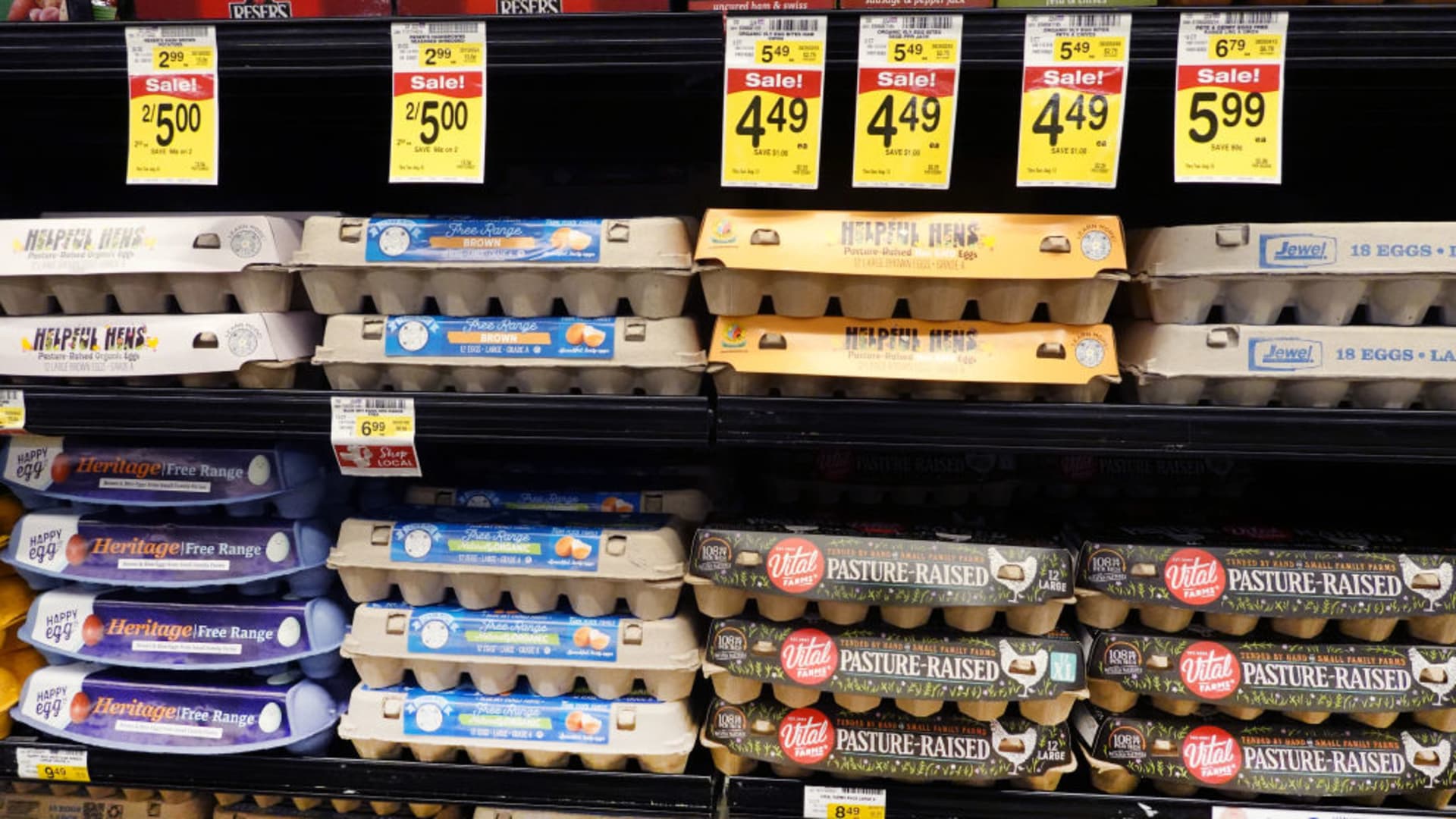
A measure of wholesale prices exceeded expectations by rising more than anticipated in July, countering recent indications of easing inflation pressures.
The producer price index (PPI), which assesses the costs that producers of goods and services receive for their products as opposed to the prices paid by consumers, showed a 0.3% increase for the month, according to a report from the Bureau of Labor Statistics on Friday.
The core PPI, which excludes food and energy, also rose by 0.3%.
Economists surveyed by Dow Jones had predicted a 0.2% increase for both readings. Excluding food, energy, and trade services, the PPI increased by 0.2%.
On a year-over-year basis, the headline PPI only rose by 0.8%. Prices excluding food, energy, and trade services saw a 2.7% increase.
Following the report, the markets experienced a decline, with futures tied to the Dow Jones Industrial Average down approximately 70 points. Treasury yields advanced, with the benchmark 10-year note finishing at 4.137%, an increase of about 0.06 percentage points for the session.
The increase in the index was primarily driven by higher costs in the services sector, with a 0.5% rise for the month, marking the largest gain since August 2022. This was largely attributed to a 7.6% surge in prices for portfolio management. Additionally, there was a 0.7% jump in prices for trade services, along with a 0.5% increase in transportation and warehousing.
In contrast, goods prices only saw a 0.1% increase, although food prices rose by 0.5%, while prices excluding food and energy remained unchanged. Within the food category, meat prices experienced a significant surge of 5%. Energy prices were mixed, with an increase in costs for many gas fuels, but a decline of 7.1% for diesel.
This release of the PPI comes the day after the Bureau of Labor Statistics reported a 0.2% increase for the month in the more widely followed consumer price index, both on the headline and core measurements.
However, the 12-month rate of change in the CPI, at 3.2%, was slightly lower than anticipated by economists, strengthening the argument for easing inflation.
Both measures are closely monitored by Federal Reserve officials. While the CPI tends to receive more attention, the wholesale price index is regarded as a leading indicator as it examines costs in the pipeline for various products and services.
Policymakers have been engaged in a debate over how much further they need to raise interest rates, following a total of 11 increases amounting to 5.25 percentage points since March 2022. In recent days, some officials have suggested that the rate hikes may come to an end as inflation moves closer to the Federal Reserve’s long-run goal of 2%.
The markets have already priced in a high probability of the Federal Reserve avoiding a rate hike at its September meeting.
Denial of responsibility! VigourTimes is an automatic aggregator of Global media. In each content, the hyperlink to the primary source is specified. All trademarks belong to their rightful owners, and all materials to their authors. For any complaint, please reach us at – [email protected]. We will take necessary action within 24 hours.


